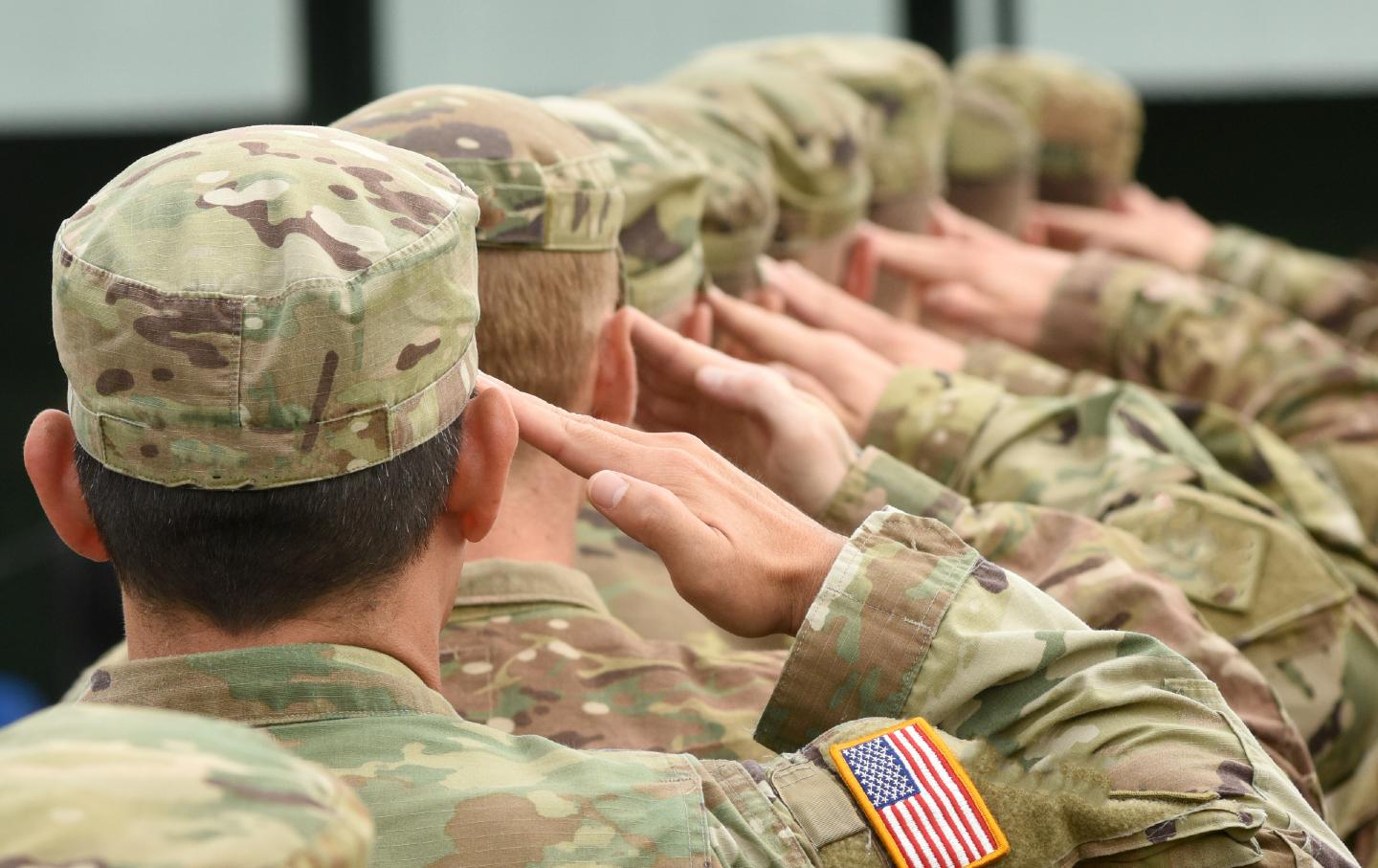Soldiers from every country salute with their right hand

Soldiers from Every Country Salute with Their Right Hand
Saluting is a universal act of respect and recognition, commonly practiced by soldiers all around the world. It involves a swift and precise movement, typically raising the right hand to the forehead or brim of headgear. Interestingly, soldiers from every country salute with their right hand, following a long-standing tradition rooted in history and practicality.

The Historical Significance of Saluting
The act of saluting dates back to ancient times, where knights and warriors would raise their visors to show respect and peaceful intentions. In medieval European history, the right hand was considered the weapon hand, carrying swords and shields, while the left hand held the reins of the horse. This led to the practice of saluting with the right hand as a symbolic gesture of trust and goodwill, demonstrating that the right hand was not armed and posed no threat.
As military formations evolved and tactics developed over the centuries, saluting became an integral part of military discipline and protocol. It extended beyond simple acknowledgement and became a way to convey loyalty, rank, and allegiance. The tradition of saluting with the right hand has been passed down from generation to generation, and soldiers today continue to carry on this age-old custom.
Practicality and Efficiency

While the historical significance of saluting sets the foundation, practicality also plays a crucial role in why soldiers across the globe salute with their right hands. Military training focuses on uniformity, precision, and efficiency, and using the same hand for saluting streamlines the process during drills, ceremonies, and encounters between soldiers. A standardized action allows for better coordination and synchronization, instilling a sense of discipline and professionalism.
Global Standardization
Soldiers from different countries often serve alongside each other in multinational operations, peacekeeping missions, and joint military exercises. Having a universal hand salute with the right hand eliminates confusion and provides a clear, recognizable signal of respect, regardless of nationality. It serves as a common language that soldiers from various backgrounds can understand and respond to, fostering camaraderie and unity among troops on the ground.
The Symbolism and Pride
The act of saluting carries a deeper meaning beyond its practicality. It represents honor, sacrifice, and pride in one’s country, unit, and fellow soldiers. When soldiers salute, they are not only acknowledging superiors or showing respect; they are also paying tribute to the values and ideals they stand for. It is a solemn gesture that symbolizes the commitment and dedication of soldiers worldwide in protecting their nations and preserving peace.
In conclusion, soldiers from every country salute with their right hand, upholding a tradition deeply rooted in history and practicality. This unwavering practice transcends borders, language barriers, and cultural differences, serving as a unifying action among soldiers serving across the globe. The hand salute is both a symbol of respect and a testament to the shared values and purpose that soldiers from every country hold dear.
Tags
Share
Related Posts
Quick Links
Legal Stuff

